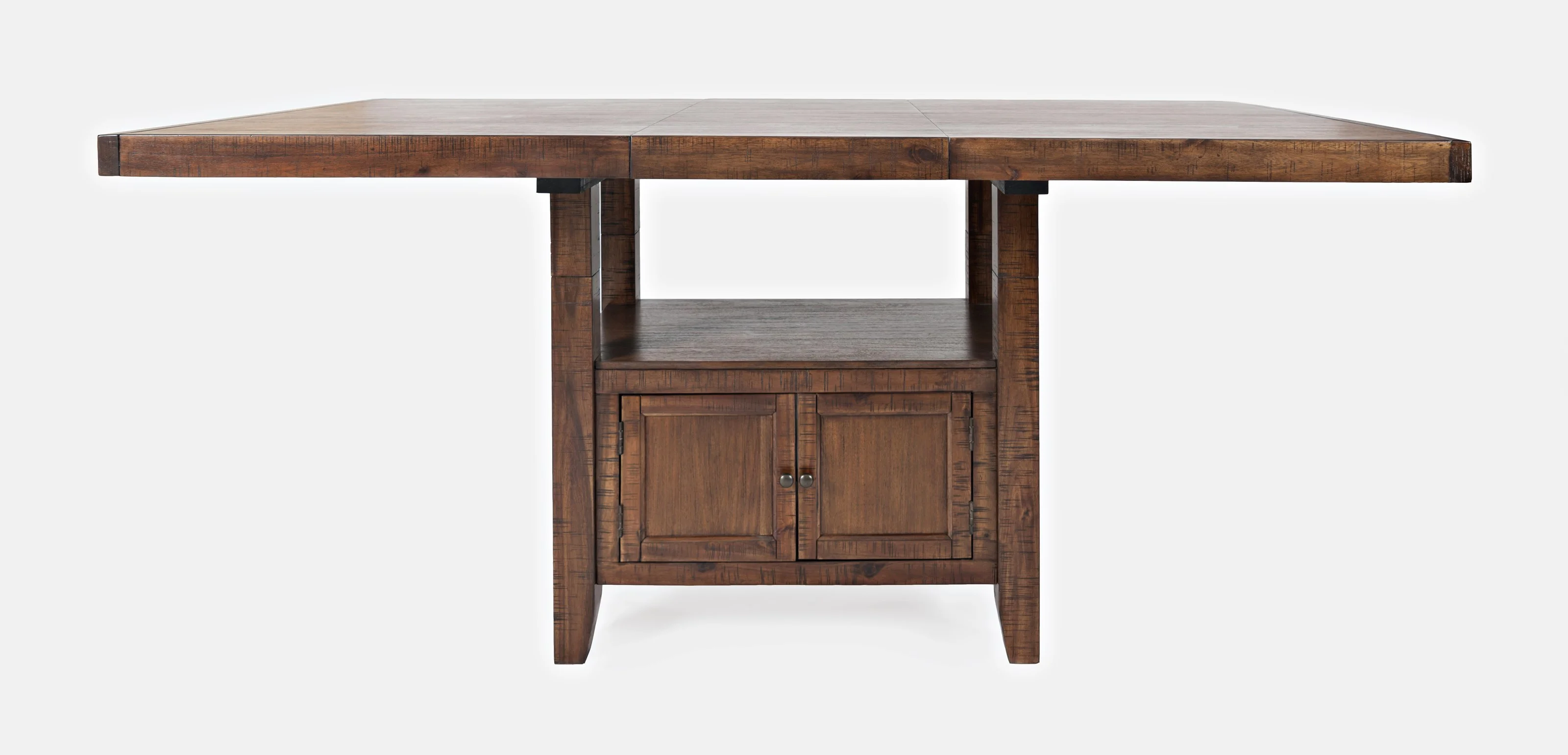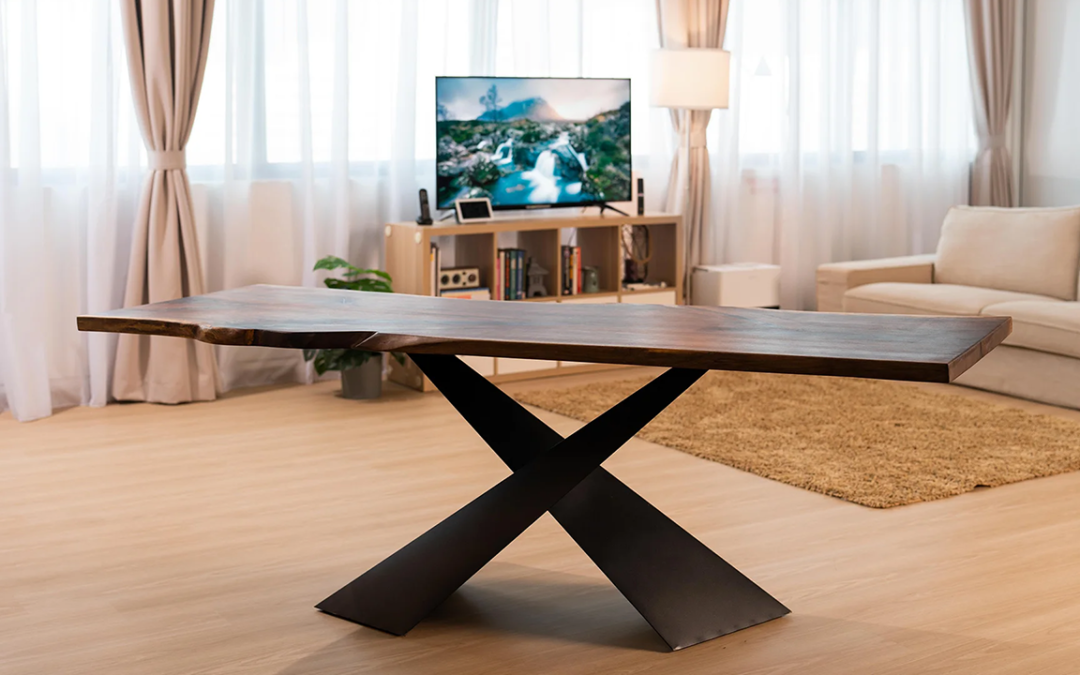From Typical to Modern: Discover the Ideal Eating Room Table Legs for Your Design
The option of dining-room table legs plays an essential role in specifying the general personality of your area, bridging the void between typical craftsmanship and modern appearances. While traditional designs such as cabriole and transformed legs evoke a feeling of timeless class, contemporary designs like hairpin and geometric alternatives present a possibility for striking visual passion. Assessing the appropriate balance in between these designs needs a nuanced understanding of your existing décor and individual preference. As you think about these components, the question continues to be: how can you flawlessly integrate these diverse leg designs to develop a harmonious eating experience?
Understanding Table Leg Styles
The selection of dining-room table leg designs can significantly influence both the aesthetic appeals and capability of the room. Each leg design adds special aesthetic components and sensible attributes, catering to diverse layout choices and use demands. Comprehending these styles is important for choosing the best table that aligns with your total indoor style vision.
As an example, tapered legs offer a tidy, timeless look that can enhance a room's style, while stand bases supply stability and optimize legroom, making them suitable for smaller spaces. Barrette legs, a trademark of mid-century contemporary design, present an industrial flair, enabling an airy, open feel. In a similar way, trestle legs stimulate rustic charm, giving durable support and a feeling of timelessness.
Wood legs can bring heat and structure, whereas steel options typically share a smooth, modern ambiance. Ultimately, recognizing table leg designs is vital for developing a cohesive dining location that mirrors personal style while making sure usefulness and comfort.
Standard Table Leg Options
When picking dining room table legs, standard alternatives frequently symbolize ageless style and craftsmanship. These designs show an abundant heritage and a dedication to top quality, making them perfect for those that value timeless visual appeals.
Among one of the most iconic conventional leg styles is the cabriole leg, defined by its elegant rounded form. This style usually features ornamental makings and is most commonly found in Queen Anne and Chippendale furniture. Another preferred option is the turned leg, which boasts a series of smooth, rounded shapes that offer a traditional look while preserving stability.
Additionally, the straight leg, while basic, uses a unadorned and durable structure that can blend seamlessly with a variety of tabletop designs. For those attracted to ornate describing, claw-and-ball feet legs evoke a sense of splendour and can serve as a spectacular prime focus in any dining room.
Last but not least, stand bases, although not purely legs, supply an alternate conventional option that allows for enough legroom and can be perfectly sculpted. Each of these standard leg styles contributes to the total atmosphere of a dining-room, weding function with visual charm.

Modern Table Leg Layouts
Modern table leg styles provide a varied variety of styles that stress clean lines and cutting-edge materials. These styles typically focus on performance while acting as striking focal factors within an eating area. Minimal looks are prevalent, with legs crafted from products such as steel, glass, and engineered wood, which add to a modern and airy feeling.
One popular layout is the hairpin leg, defined by its slim, tapered structure that gives stability without frustrating the table top (dining room table legs). This style is usually found in mid-century modern-day furnishings and can effortlessly match numerous dining table shapes. One more fad is using geometric shapes, where legs might tackle asymmetrical or angular types, including visual rate of interest and a touch of creativity

Mixing Styles for Distinct Spaces
Frequently, property owners seek to create unique eating rooms that show their personal style by mixing numerous style aspects. This method allows for the incorporation of varied appearances, resulting in an unified yet unique atmosphere. For circumstances, combining a rustic wooden table with sleek, modern-day metal legs can create an attractive contrast that boosts the space's overall allure.
Additionally, incorporating vintage table legs with contemporary table tops can evoke a feeling of history while keeping a contemporary sensibility. Such mixes not only display individual preference but additionally encourage creative thinking, enabling homeowners to curate an area that really feels both personal and welcoming.
Color plays a crucial function in this mixing process; picking table legs that complement or contrast with the existing color design can boost visual rate of interest. For instance, whitewashed legs can soften the boldness of a dark table surface area, creating a well balanced visual.
Tips for Picking the Right Legs
Selecting the right table legs is necessary official statement for achieving both performance and visual appeal in your dining room. Begin by considering the general design of your area. Traditional settings gain from legs that include intricate carvings or transformed layouts, while modern spaces may require streamlined, minimal styles.
Next, examine the elevation and stability of the legs. dining room table legs. Basic table vary between 28 to 30 inches in height, so make certain the legs enhance this dimension for convenience. In addition, durable materials, such as hardwood or metal, can enhance stability and durability
Examine the leg form too-- alternatives include straight, tapered, or pedestal designs. Straight legs provide official source a traditional look, while tapered legs can add a touch of sophistication. Pedestal bases supply enough legroom and are ideal for smaller spaces.
Conclusion
In summary, selecting the optimal dining-room table legs needs cautious consideration of both standard and contemporary styles. Traditional options such as cabriole and transformed legs offer ageless sophistication, while contemporary styles like hairpin and geometric shapes give a modern touch. By integrating leg style, height, and product with the total decor, a natural and inviting useful content atmosphere can be achieved. Inevitably, the selected table legs ought to reflect the wanted visual, enhancing the eating experience within the room.
The selection of dining area table leg styles can considerably affect both the aesthetics and capability of the space. Inevitably, understanding table leg designs is vital for producing a natural dining location that mirrors personal style while making certain usefulness and comfort.One of the most iconic conventional leg designs is the cabriole leg, defined by its elegant rounded form. Straight legs offer a timeless look, while tapered legs can include a touch of beauty.In recap, picking the optimal eating room table legs needs careful consideration of both typical and modern styles.